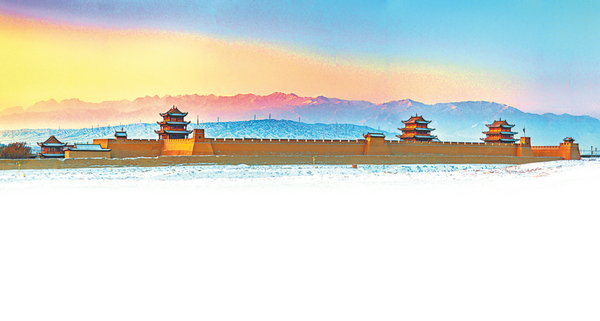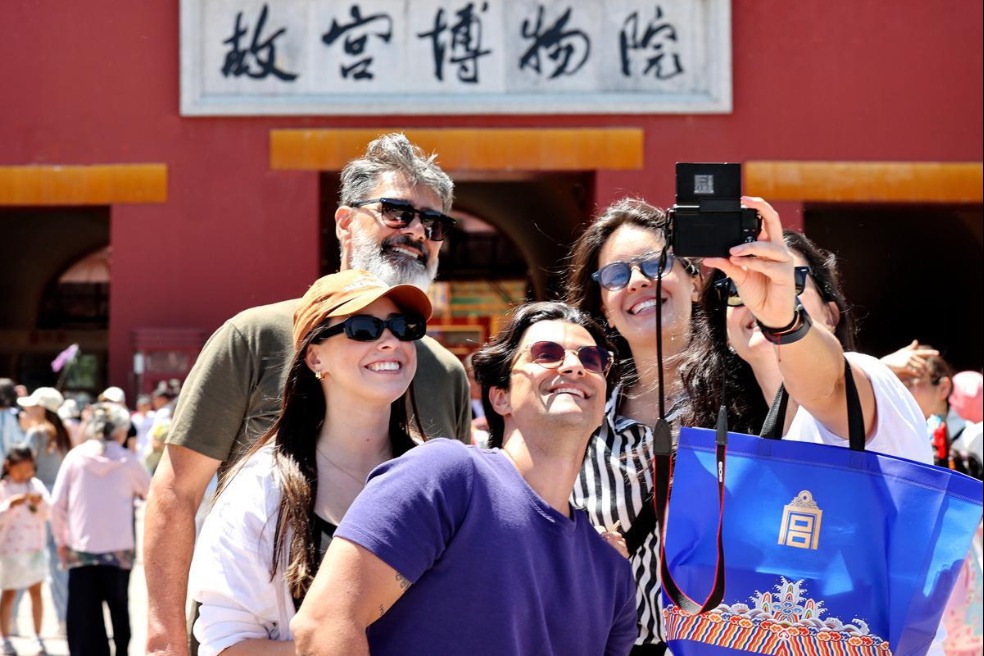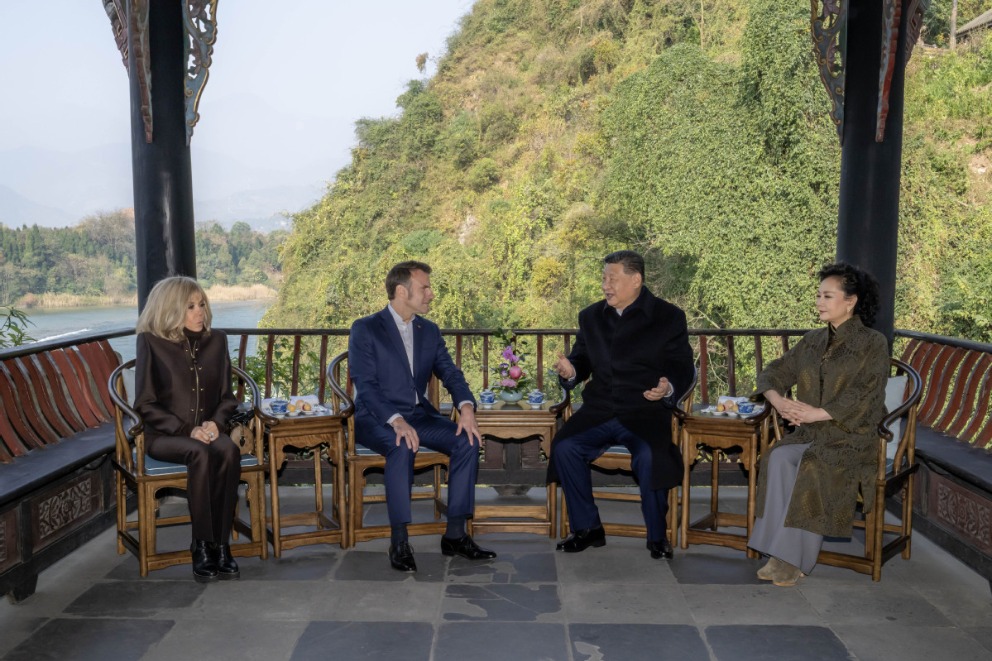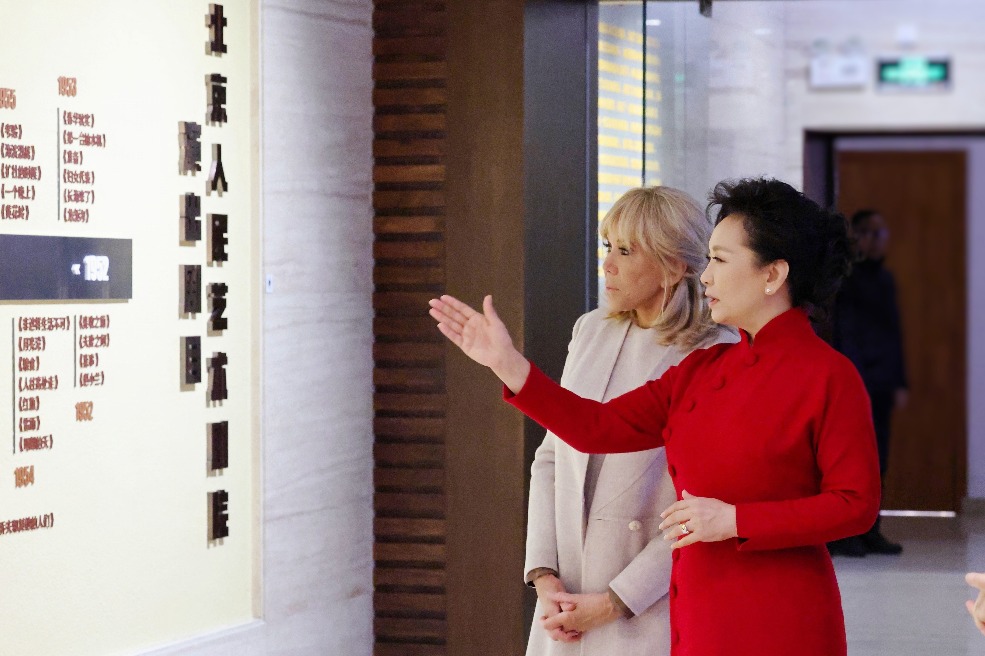Heavenly horse 'reins' again
Ancient bronze artwork discovered in 1978 symbolizes vigor of culture, Zhao Xu and Ma Jingna report.
By Zhao Xu and Ma Jingna | CHINA DAILY | Updated: 2025-03-27 07:43
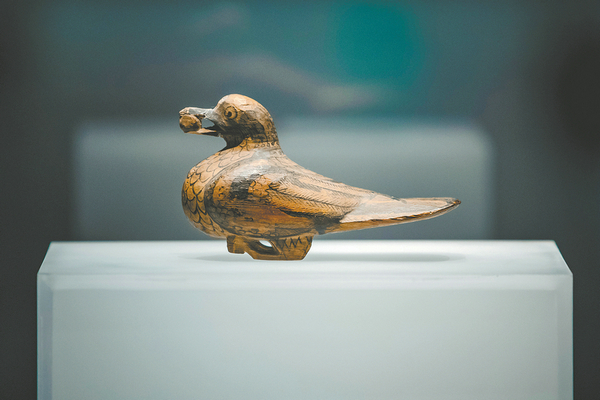
The tomb is believed to have belonged to a Han Dynasty general and his wife, as a faded seal in the back chamber bears the characters jiang jun (general). Two coffins lie within — one containing female gold accessories and silk garments, the other holding a fragment of a male leg bone, a few seals and a bronze crossbow trigger.
"The general may have died on the battleground, only for his leg bone to be picked up and sent back," says Chen Qinqin, a guide on the site, which also features a small museum dedicated to the cultures of the Han Dynasty.
According to her, the site got its name Leitai (The Shrine to the God of Thunder) from a temple built during the Ming Dynasty (1368-1644).
"The Ming people had no idea they were building a shrine right on top of a Han tomb," says Chen. "But when you think about it, it's typical of Hexi, where one layer of history was inevitably built upon another, and revelations often come when least expected."
Tong Yunshan contributed to this story.
Contact the writers at zhaoxu@chinadaily.com.cn
Must visit:
・ Gansu Provincial Museum: No 3, Xijin Road (W), Qilihe district, Lanzhou city, Gansu province
・ Wuwei Museum: No 25, Guzang Road, Liangzhou district, Wuwei city, Gansu
・ Leitai Han Tomb: No 272, Beiguan Road (M), Liangzhou district, Wuwei city, Gansu
